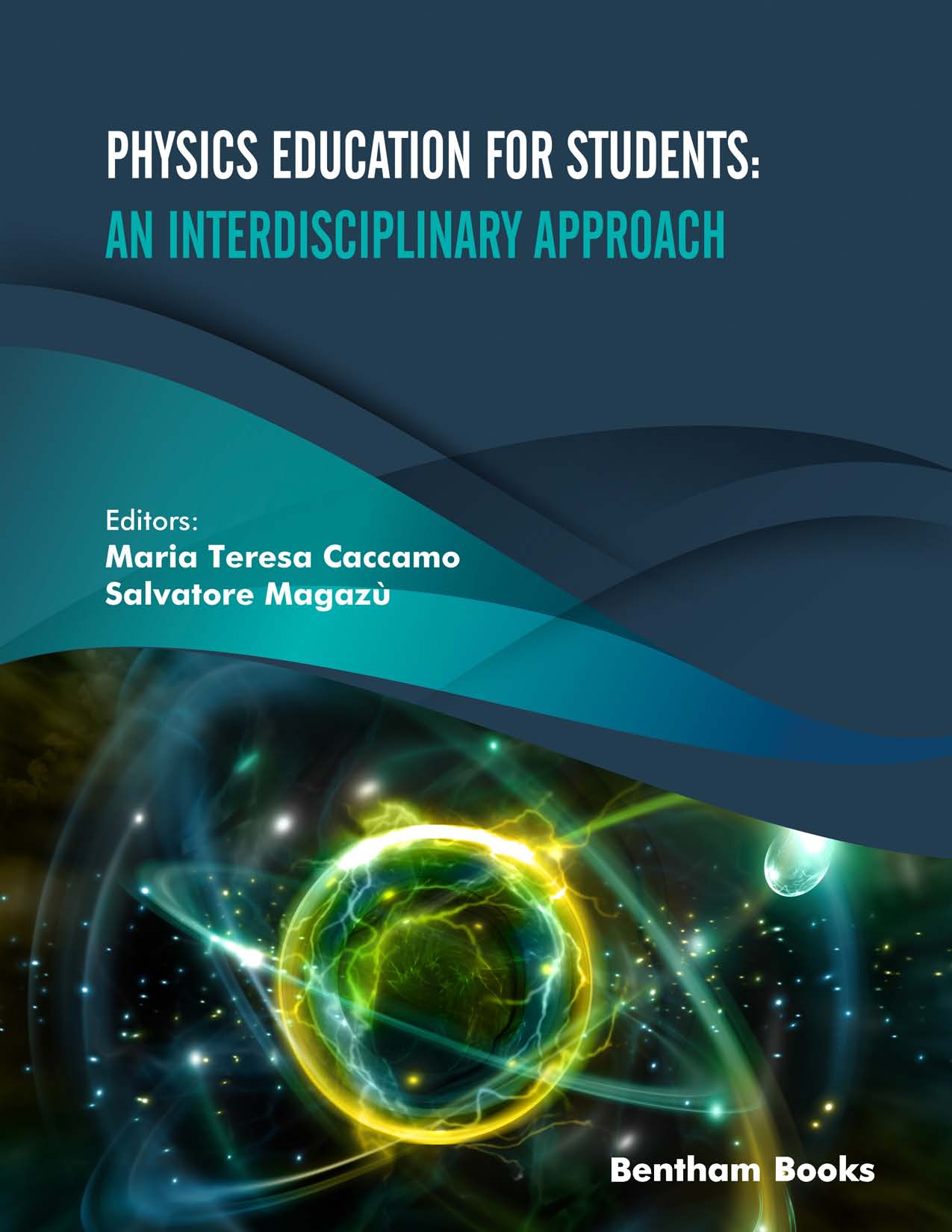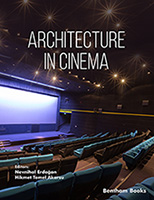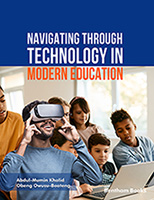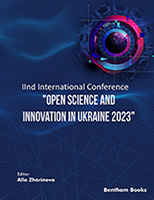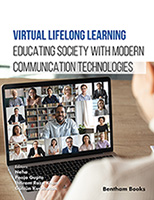The Special Issue titled Physics Education for Young Students is mainly addressed to new approaches and trends in teaching and learning specific topics of Physics to young university students. It is well known that, from a general point of view, Physics teaching and learning cover, with different extents, several fields, such as for example Laboratory activities, Mathematics, Philosophy and History. These distinguished areas can generate complexities and difficulties for students in learning some concepts since the same topics are often presented following approaches that do not highlight the existing correlations among the involved disciplines. Therefore, in order to enrich topics with high value meanings, it is important to propose and to promote integrated and interdisciplinary approaches where Laboratory activities in a wide sense, pose themselves as fundamental tools to improve the knowledge of some topics which interest different aspects of Physics, Mathematics, Philosophy and History.
In fact, it is well known that, especially in a teaching context, interdisciplinarity consists in "bringing together at least two disciplines, in order to develop an original representation of a notion, a situation, a problem" [1]. An interdisciplinary approach can provide a solution to many student comprehension problems and can bring a deeper understanding and appreciation: the more the students learn, the more they find common basis for all the interested disciplines; in other words, they learn more and improve their basis to tackle all disciplines. Furthermore, interdisciplinarity promotes the development of higher cognitive skills such as critical thinking, spirit of synthesis and integration, reflexive skills, understanding of difficult concepts and conceptual memory [2-4].
In this framework, the main aim of the proposed special issue is to promote Laboratory activities and Mathematics contents for Physics courses addressed to young university students, as well as to put into evidence the importance of an historical and philosophical approach which is a recurring topic nowadays due to the fact that scientific activity constitutes by itself a historical and a philosophical process.
In this framework the papers collected in this special issue are addressed to the understanding of the best practices involved in some specific topics teaching through an interdisciplinary approach, which requires the employment of different and complementary methodologies.
More in details, the issue is divided in 6 chapters.
In chapter 1, the authors explore the design and implementation of laboratory courses starting from the analysis of student’s interviews and coursework considered as the best practice for the implementation of introductory Physics laboratory courses when seeking to adopt an interdisciplinary approach [5].
In chapter 2, the authors highlight the concept of active learning as first research experience of university students. For this purpose they believe that the development of students’ research skills should be carried out both within the class hours and within out-of-class studies through complementary activities. Furthermore, they believe that such tasks make it possible to expand the scope of students' active-learning activities, to broad students’ scientific horizons, and to form the skills of a researcher [6].
The author of chapters 3 and 4 raises the question about which educational and didactic strategies, based on self-responsibility, are the most suitable for spreading a humanitarian culture based on science. To answer this question, at first, the author proposes two didactic approaches for strengthening self-responsibility in students: the approach called “3 x 7 = 21” and the approach called “jet principle”; then, in chapter 4, the author explains the five-level structure of rules and provides a few results on resulting social dynamics in student groups. All the considered approaches rely on the dialogue and the confrontation of learners with their peers and are suitable for advanced physics students in any transdisciplinary setting [7-8].
The authors of chapter 5 present a proposal for a lecture on optical spectroscopy as dealt in a secondary school. In particular, they designed an educational path for secondary school students encompassing experimental approaches while, from the theoretical point of view, they designed intervention modules in which interpretative issues are problematized using Inquiry-Based Learning strategies [9].
Finally, in chapter 6, the authors present a lecture addressed to first year Physics students on a system of coupled oscillators. In particular, they point out how in order to improve the understanding of this Physics topic, it is important to integrate theory with experiments. For this reason, they first describe the dynamics of the system from a theoretical point of view, then describe the experiment execution and finally analyze the results by comparing the Fourier transform and the Wavelet transform approaches[10].
REFERENCES
[1] G. Fourez, and A. Maingain, A. and B. Dufour, Approches didactiques de l’interdisciplinarité.,
DeBoeck Université: Bruxelles, 2002.
[2] L. Erickson, Designing Integrated Curriculum that Promotes Higher Level Thinking. Association for
Supervision and Curriculum Development: Alexandria, VA, 1996.
[3] J.T. Klein, "L’éducation primaire, secondaire et postsecondaire aux États-Unis: vers l’unification du
discours sur l’interdisciplinarité", Rev. Sci. Edu., vol. XXIV, no. 1, pp. 51-74, 1998.
[4] W. Spady, Outcome-based education: Critical issues and answers. American Association of School
Administrators: Arlington, VA, 1994.
[5] D. Doucette, and C. Singh, "Expansive Framing Produces More Vivid Introductory Physics Labs",
Physics Education for Young Students: An Interdisciplinary Approach, Bentham Science, 2020.
[6] E. Kazakova, S. Kirpu, M. Kruchek, E. Moshkina, O. Sergeeva, and E. Tikhomirova, "Active
Learning as The First Research Experience of University Students", Physics Education for Young
Students: An Interdisciplinary Approach, Bentham Science, 2020.
[7] G. Ahamer, "Can physics education support a self-responsible society?", Physics Education for Young
Students: An Interdisciplinary Approach, Bentham Science, 2020.
[8] G. Ahamer, "Dialogic best practice for dissemination of a scientific culture", Physics Education for
Young Students: An Interdisciplinary Approach, Bentham Science, 2020.
[9] D. Buongiorno, and M. Michelini, "Research-based proposals on optical spectroscopy in secondary
school", Physics Education for Young Students: An Interdisciplinary Approach, Bentham Science,
2020.
[10] M. T. Caccamo, and S. Magazù, "Normal Mode Investigation of a System of Coupled Oscillators: a
Physics Lecture", Physics Education for Young Students: An Interdisciplinary Approach, Bentham
Science, 2020.
Maria Teresa Caccamo
&
Salvatore Magazù
Dipartimento di Scienze Matematiche e Informatiche
Scienze Fisiche e Scienze della Terra
Università di Messina
Messina
Italy

